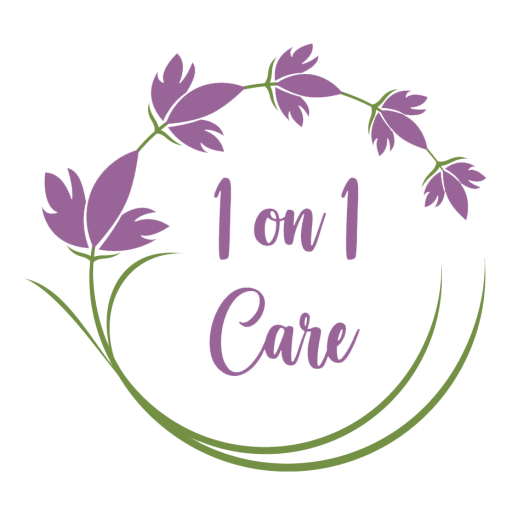No one listens to me!
Have you ever gotten really upset because you’re not feeling heard, ultimately resulting in a conflict? Or, even worse, stopped yourself from sharing your point of view for fear of confrontation? Either way, you may feel like: no one listens to me!
Pretty much all of us fall into one of these categories, if not both! Wavering between aggression and passivity can really disrupt honest and transparent communication. Furthermore, this precarious state can turn the need for connection into an impossible task.
But what if I were to suggest that there is an effective way to express your truth? You can say what you want to say in a way that others will be able to listen and accept, even if they disagree.
There is already a lot of information out there regarding Assertive Communication. This article gives you five easy steps to follow and use as a tool. Start being heard and understood without causing conflict and confrontation!
By following these 5 simple steps, you will be heard and create an opportunity to address the root of the disagreement in a healthy, insightful manner.

Step 1: Connect
To begin, you have to kindly request time and attention to discuss the issue.
For instance: “Are you available to speak? I have something that I would like to discuss with you. It’s in relation to …….”
Make sure that when opening up this type of conversation, you’re genuinely calm. Your voice and body language should not carry feelings of fear and anger. These feelings affect our body language and negatively predispose whoever we are trying to communicate with.
Step 2: Facts
Now you will mention facts regarding the situation you want to address. Describe the situation in short accurate sentences. Simply describe your perception of events in the order they happened, removing any emotional charge. Use neutral language, stripped of any adjectives and adverbs.
DON’T say things like: “I asked you to pay the bill 3 times. All 3 times you ignored me and now we have to pay a charges. No one listens to me!”
DO say: “The bill was received 3 weeks ago and the deadline to pay was yesterday. I tried to remind you about the deadline 3 times. Now we have missed the deadline and charges have been issued.”
This step is not about accusing or trying to shift responsibility. It’s about presenting the situation that created a problem.
Step 3: I statements
It’s time to express how the previously described course of events has affected you.
Example:
“It makes me feel very anxious when we have pending bills and missed payments. It affects our credit score and I feel that I cannot rely on you. When I feel like that I end up reacting with anger and then arguments happen.”
It is important we become really transparent about the way we feel without trying to put down the other person. This is not about what the other person is doing wrong. It is about how we emotionally respond in certain situations.
Step 4: Empathy
Now this is a really important stage for ensuring that the other person is listening in a productive way. As well as acknowledging our feelings, we must also show our connection with the other person’s feelings.
Say something like this: “I’m aware that you’re working long hours and you have a lot going on at work. I imagine it must be difficult for you to keep track of all these things.”
Ensure the other person is also feeling heard so that neither of you are distracted with the frustration that: no one listens to me!
Step 5: Collective problem solving
Finally, shift the focal point of the conversation from the problem to the solution. That could come in the form of an open question or even a suggestion.
Last example: “I wonder if we can come up with a way to help you stay within the deadlines. We are both very busy and we both have our own allocated responsibilities. So I’d like to figure out together the best way for you to do that.”
At this stage you’ve initiated a more productive conversation. You’re both feeling more heard and understood, plus you’re focusing on the solution.
No one listens to me...unless I communicate assertively!
Ultimately, when you want to feel connected and heard, do not focus on who’s wrong or right. Both sides have their own rights and wrongs. Trying to engage in a conversation like that…well…it will end up in verbal sparring rather than anything productive. Who really has time or energy for that?!
Communication and connection is not about being right or wrong. It’s about getting on the same page. Hope you find this guide useful for reconnecting. If you’d like more support with assertive communication, don’t hesitate to get in touch.

